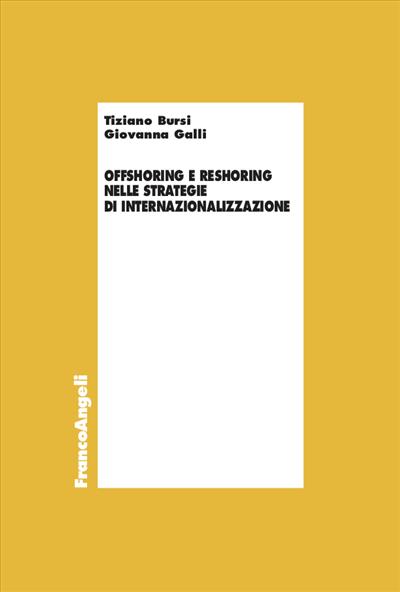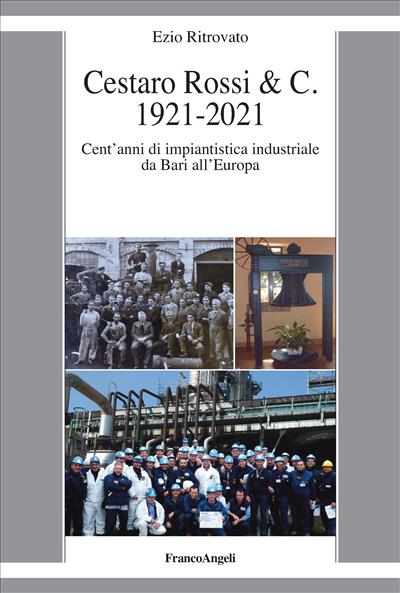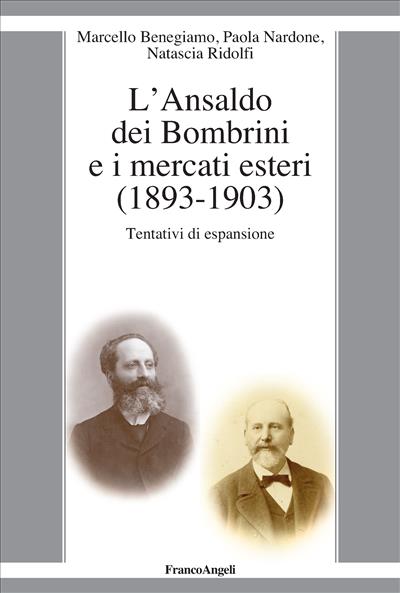
Chemicals for Water Disinfection
The present handbook is a modest contribution to the knowledge of the chemical disinfection behaviour and specifications. Emphasis is given to the fact that optimum disinfection is made up of an appropriate selection of steps. Each of them must guarantee a foreseeable performance (barrier treatment concept) and the use of disinfectant should be normally delayed as much as possible, that is after other organic and inorganic pollutants have been removed.
Printed Edition
24.00
Printed Edition
24.00
Pages: 176
ISBN: 9788820436117
Edition: 1a edizione 2013
Publisher code: 381.2
Availability: Discreta
PDF with DRM
18.99
PDF with DRM
18.99
Pages: 176
ISBN: 9788856873283
Edizione:1a edizione 2013
Publisher code: 381.2
Can print: No
Can Copy: No
Can annotate: Sì
Format: PDF con DRM for Digital Editions




